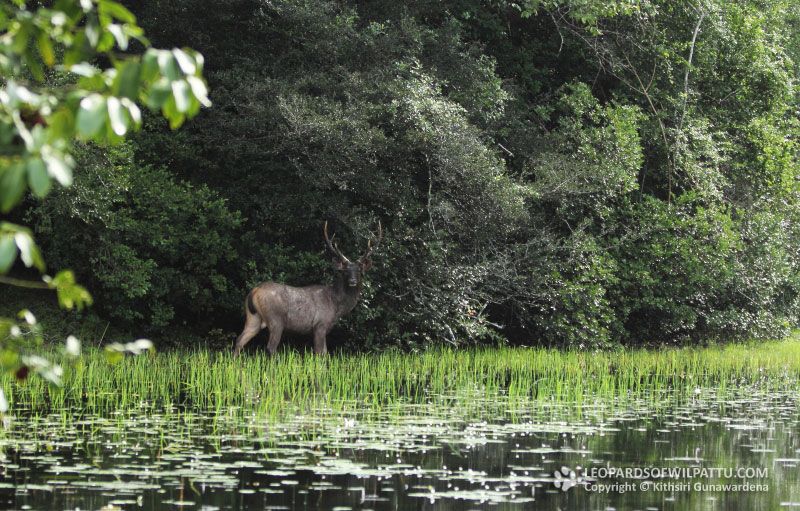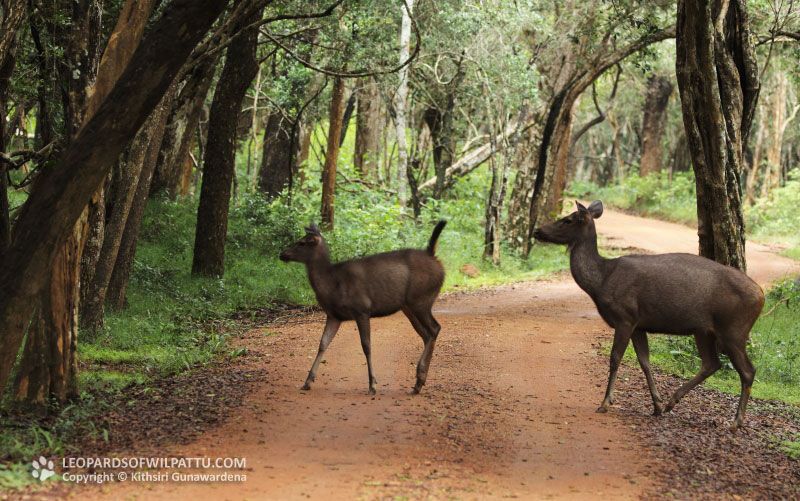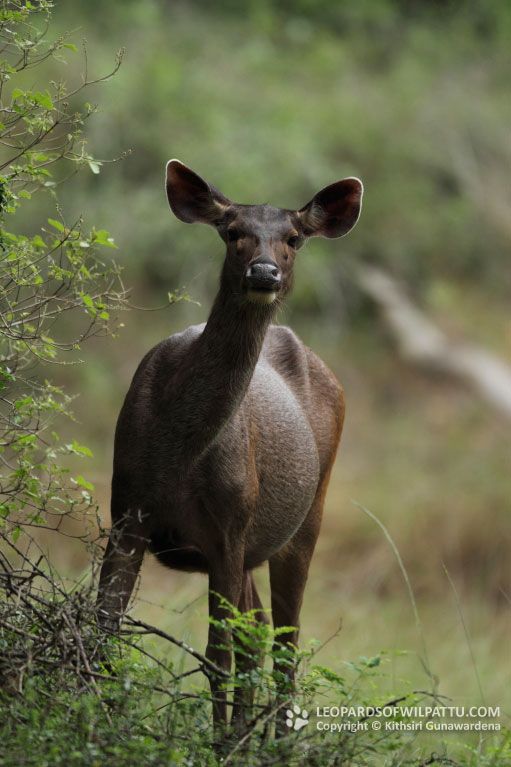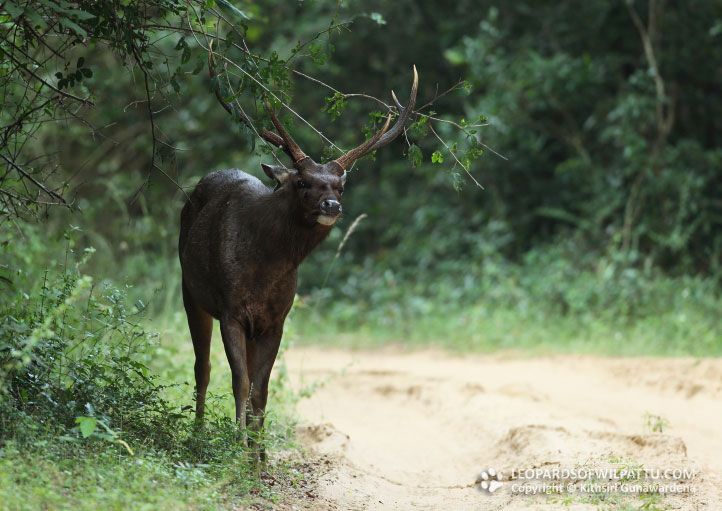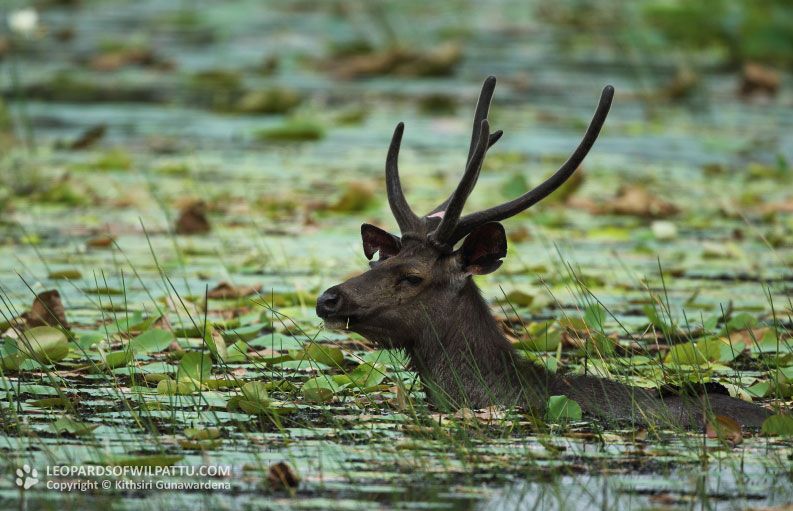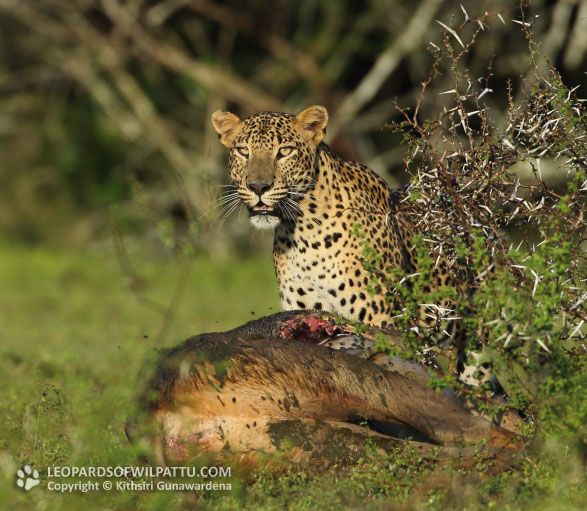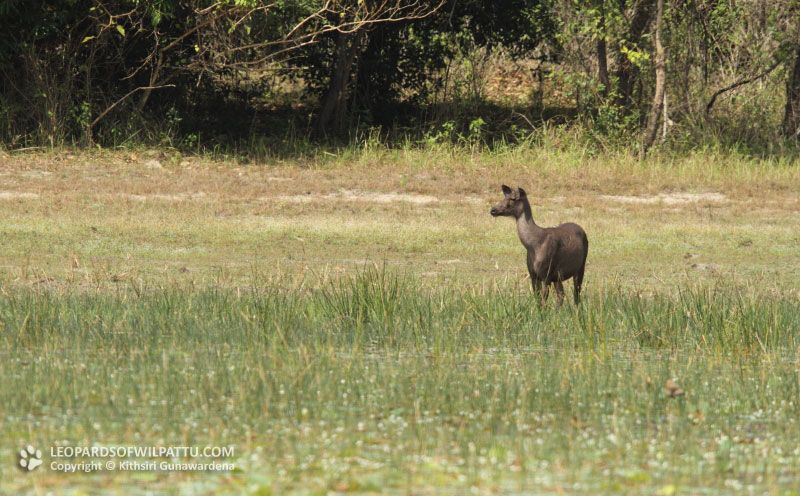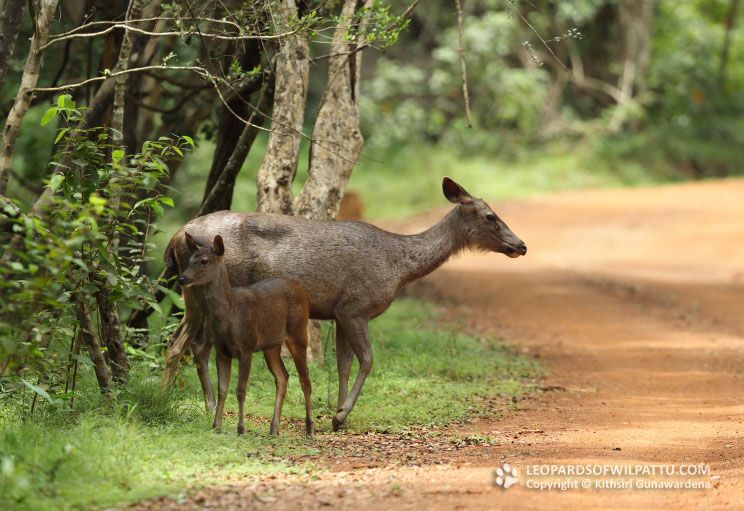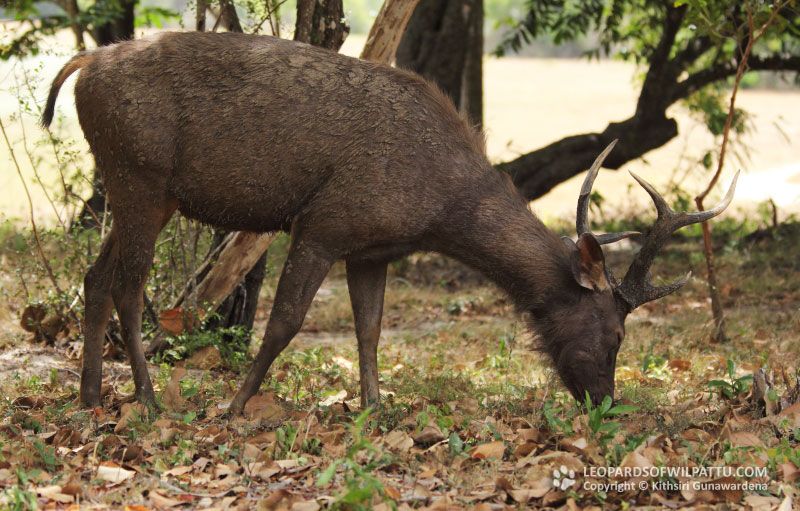
Mammals ‹‹ Go Back
Five subspecies of the Sambar are recognized in the world. The nominate subspecies which is found in Sri Lanka, R. u. unicolor, is also found in India, Nepal, Bhutan and Bangladesh. Subspecies R. u. brooki, is found in Borneo, R. u. cambojenis from China and Myanmar to Malay Peninsular, R. u. equine in Sumatra and the associated islands and R. u. swinhoei in Taiwan. This species has also been introduced to Australia, New Zealand, South Africa and USA. As with many species of mammals the male is bigger built than the female and is said to reach an average weight of approximately 216 kg and the female may weigh about 136 kg.
The Sambar is found through out the country from the highest mountains to the coast. Horton Plains National Park is popular for sightings of this species and is the only park in the country where it is found in herds of up to 20-30 animals. In most other forests in the dry zone as well as in the wet zone I have seen them in singles or small groups of 3 to 4 animals. In the dry zone I have seen this species in Maduru Oya, Gal Oya, Yala, Kumana, Wasgomuwa, Somawathiya, Minneriya, Wilpattu and Lahugala National Parks. Even though I have made many visits to the Udawalawa National Park I have only seen this species once in November 2009. In the wet zone I have seen it at Sinharaja, Morning Side, many localities in the Knukles forest reserve, Victoria, Randenigala and Rantambe Sanctuary, Peak Wilderness and the Dolosbage Forests. To my surprise I once observed a female in May 2010 at the Labugama Kalatuwawa forest as well. Even though I have been told by the villagers that Samabr is found at this forest and that it visits the nearby rubber plantations at night to feed on the shoots of the young rubber plants, I was under the impression that they may be referring to the Barking Deer. However In May 2010 while driving on a road which boarders the forest around mid night I observed a female of this species crossing the road ahead of the vehicle. This is the closest locality to Colombo where I have seen this species. The conservation status of this species is regarded as near threatened (National Red List 2012).
This is a species strictly protected under the Fauna and Flora Protection Ordinance as amended by Act No. 22 of 2009.
In Wilpattu the Sambar is often seen in the early mornings and evenings between the park entrance and Walas Wala. During the dry season they can often be seen emerging from the forest to drink at most water bodies during dawn and dusk. In Wilpattu unlike the Spotted Deer the Sambar will not venture far from forest cover to feed out in the open fields during the day as they do in Horton Plains. Most of my sightings in the park have been of single animals or a hind with its fawn. In May 2013 I observed a female with a fawn and two other male and female sub adults feeding together at Walas Wala, which is the highest number of this species I have seen in one herd in the park so far.
On 14th of July 2012 I observed a very interesting encounter between a young leopard and a male Sambar at Viranda Wala. Around 07.31am I was parked at this water hole observing a sub adult male leopard (Borupan Wila Male Cub 1 (BWMC 1)) feeding on what was left of a Sambar carcass, partly concealed from view. As I watched the leopard, a well grown male Sambar antler walked out of the forest and started to drink about 50 feet from the leopard. The sub adult leopard stopped feeding and started to stalk through the jungle but stopped about 20 yards from the Sambar. The antler stopped drinking and raised its head, looked at the young leopard and continued to drink unconcerned. The young leopard turned back and walked in the opposite direction for about 30 feet prior to climbing a tree. After drinking its fill the Sambar left the water hole and disappeared in to the forest. Perhaps it was able to assess that this young leopard was not able to cause him any harm.
Leopards often prey on Sambar. In January 2013 I observed a leopard (Walas Wala Male Cub 1 (WWMC 1)) feeding on a Sambar kill.
Other than grass and tender leaves these animals prefer to feed on aquatic plants as well. In Horton Plains I once saw a male emerging from a water body with water plants dangling from its antlers. In May 2013 I observed a male at Nelum Wila in Wilpattu around 2.30pm feeding on the leaves of water lilies while submerged in the water up to its shoulder. In Wilpattu as well as in Wasgomuwa National Parks I have observed adult Sambar antlers wallowing in mud. I have never seen the Spotted Deer engage in this behavior.
Upon detecting any danger, such as a leopard on the prowl the sambar will give out an explosive bellowing call which is often heard at night when occupying the park bungalows in side the park at Wilpattu.

